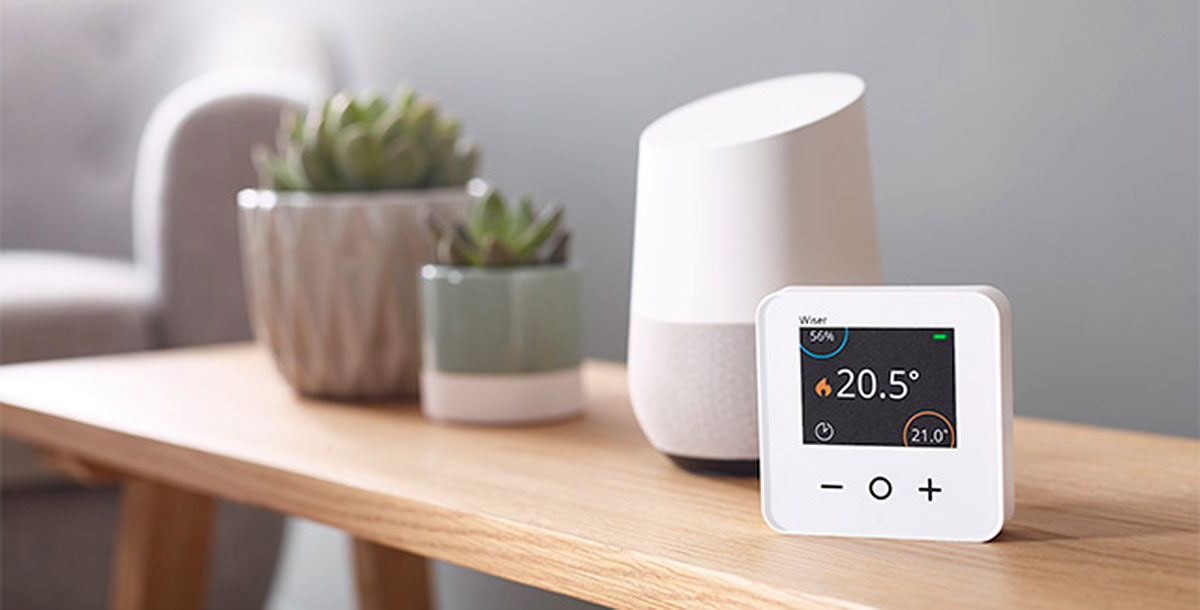Energy-efficient boiler improvements
Ways to make energy efficiency improvements to boiler-based home heating systems
Gas boilers will not be available for new homes from 2025. This move is part of the government’s pledge to reduce the country’s carbon emissions. But is there a way to energy-efficient boiler improvements for those who are unable to switch to low carbon heating. David Holmes of Boiler Guide explains what’s possible.

Ensure you select the most eco setting. Photo: Image: Boiler Guide
Why replace a boiler?
Boiler installations before 2005 may operate using non-condensing technology. If this is your boiler, it may be wasting 30-50 per cent of the fuel it uses. This is bad for the environment as carbon emissions will be high. It also leads to high heating bills. A condensing boiler captures and recycles heat, so that very little is lost. This reduces carbon emissions and leads to lower heating bills. In 2005, it became illegal to install a non-condensing boiler.
Which system do you have?
If you have a boiler, a hot water cylinder in an airing cupboard, and a large tank of cold water in the attic, you have a regular boiler. If you have a boiler and a hot water cylinder but no tank in the attic, you have a system boiler.
In both scenarios, your boiler produces hot water for the central heating, sending it to the cylinder for storage. While the water is in storage it loses heat, particularly if the cylinder insulation is poor. The cylinder may also include an electric immersion heater that tops up the heat. This can be costly to power and increases your home’s carbon footprint. In essence, neither are an energy-efficient boiler.
Making improvements
Your first option is to insulate the cylinder with lagging, or you could upgrade to a more energy-efficient cylinder. But your home may benefit from switching to a more energy-efficient boiler, known as a combination or combi boiler. A combi boiler is a compact all-in-one unit which takes its cold water supply directly from the mains. This results in a higher water pressure, and water heats on demand. There’s no need for a cylinder, hot water is not sitting around losing heat, and you only heat as much water as you need. But combi boilers are not always suitable for big homes with several bathrooms, as they struggle to supply lots of outlets at the same time.
Upgrade to a condensing boiler
By law, a new boiler must use condensing technology and achieve a minimum efficiency of 92 per cent. So, it only wastes up to 8 per cent of its fuel. In addition, all new boiler installations must include operational time and temperature controls. Combi boilers must have one of the following additional energy-saving features:
Load compensation which modulates the flow temperature from the boiler based on the room temperature. This requires the control and boiler to be able to communicate.
Weather compensation. The ability to modulate the flow temperature from the boiler based on the outdoor temperature.
Smart controls that provide automation and optimisation.
A PFGHRD (Passive Flue Gas Heat Recovery Device).











